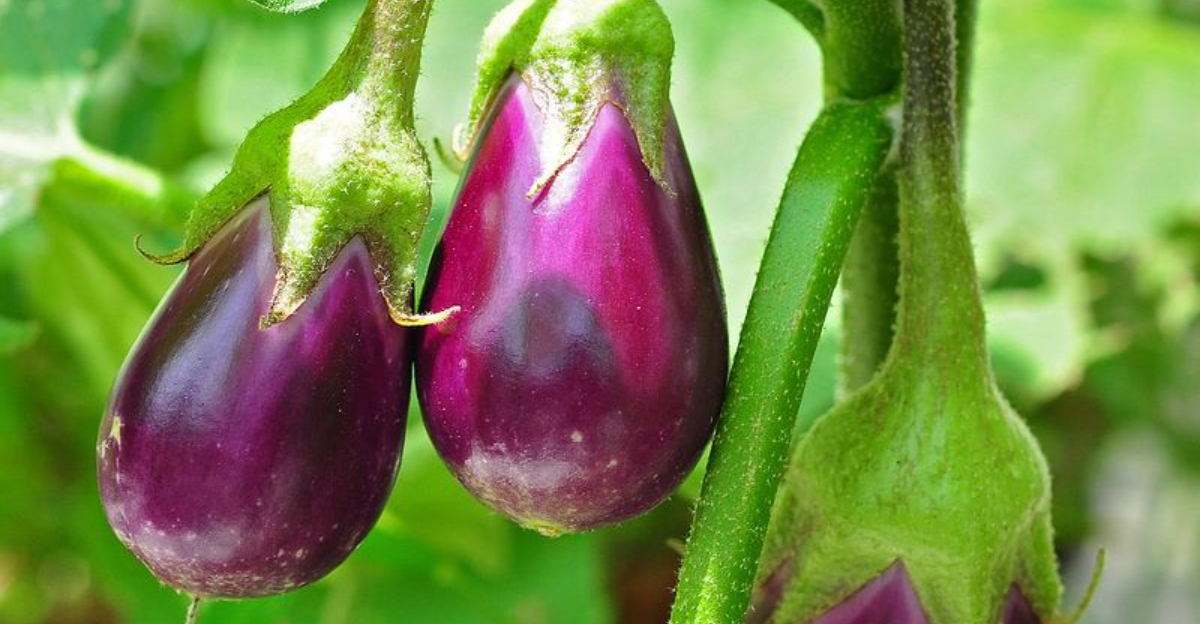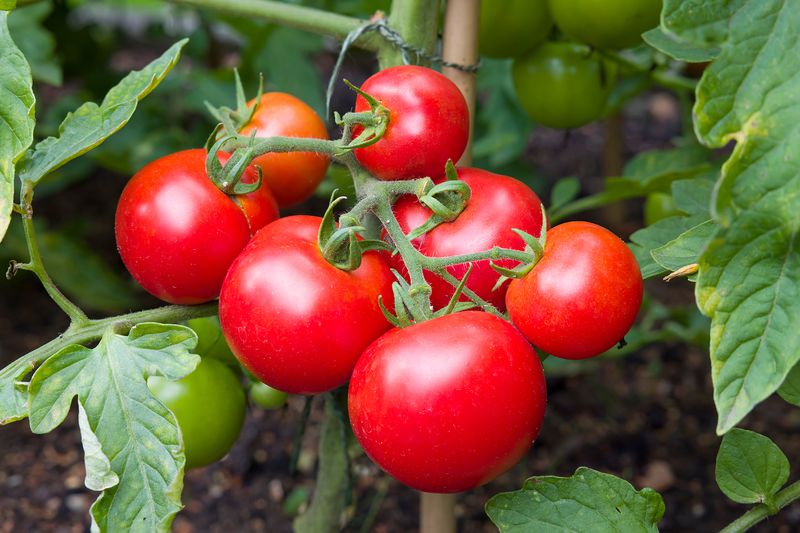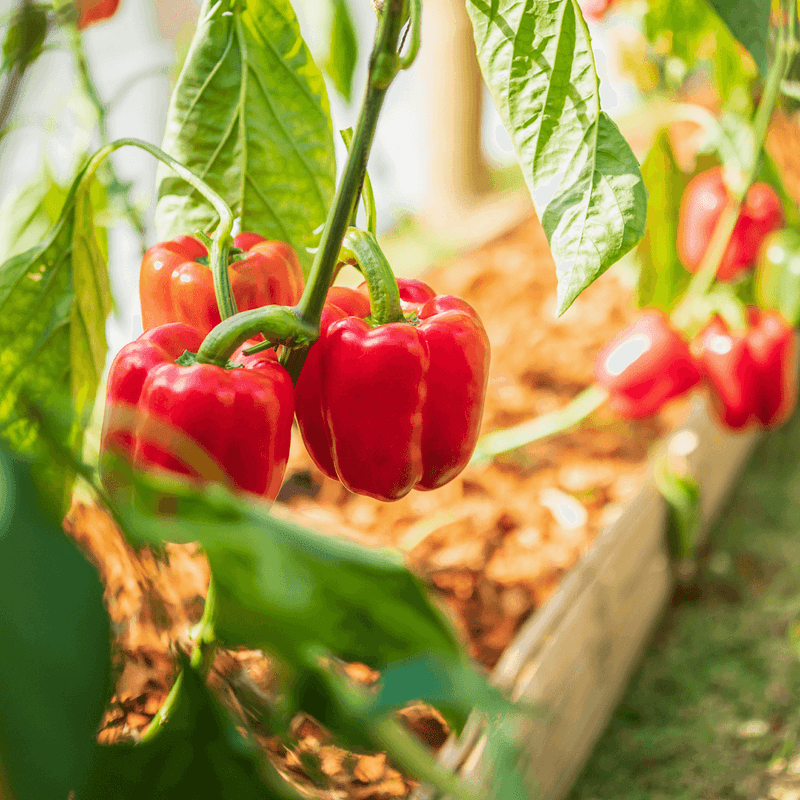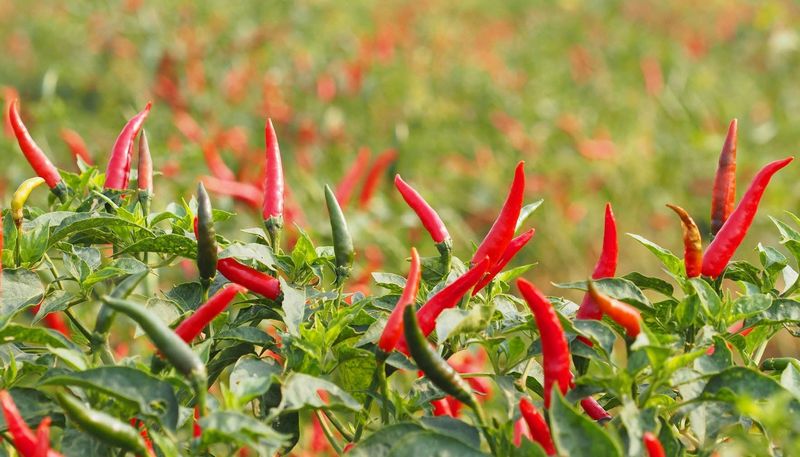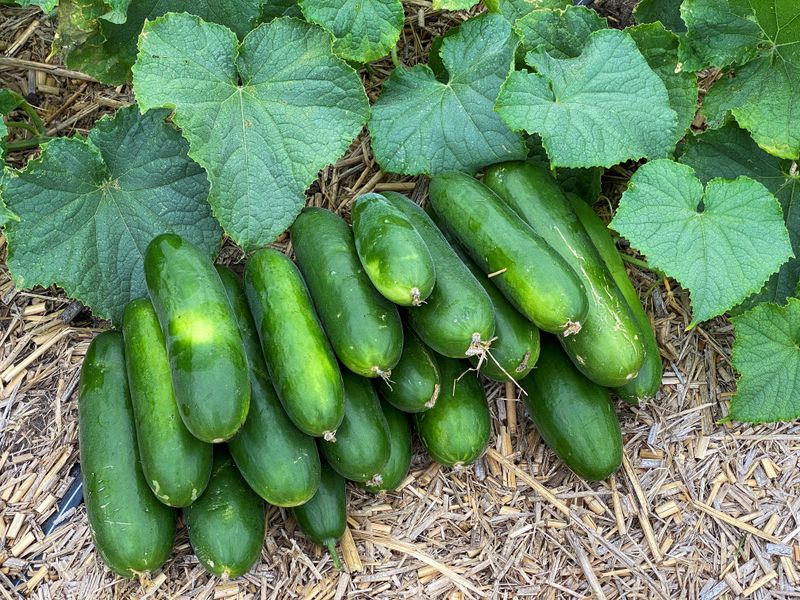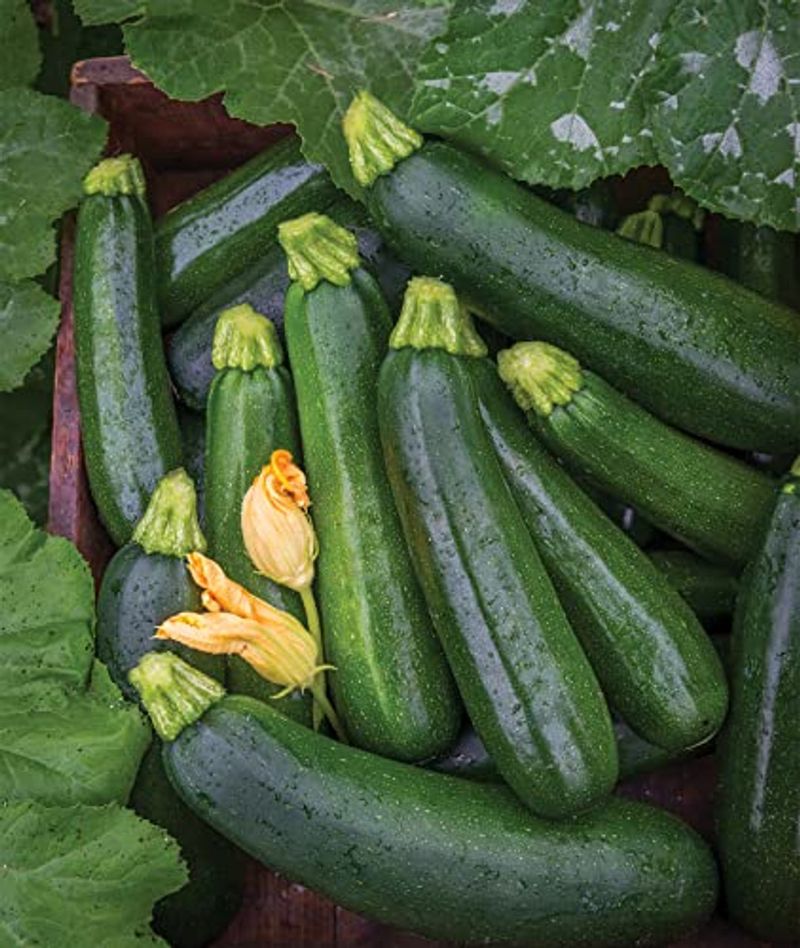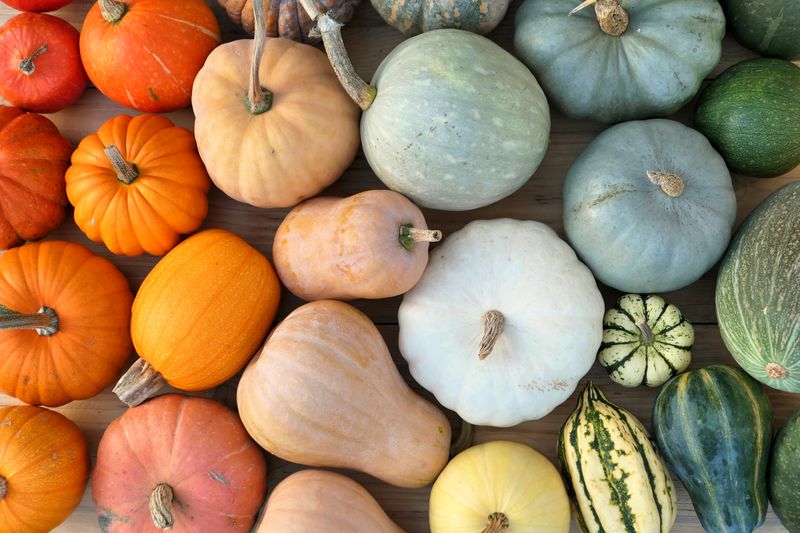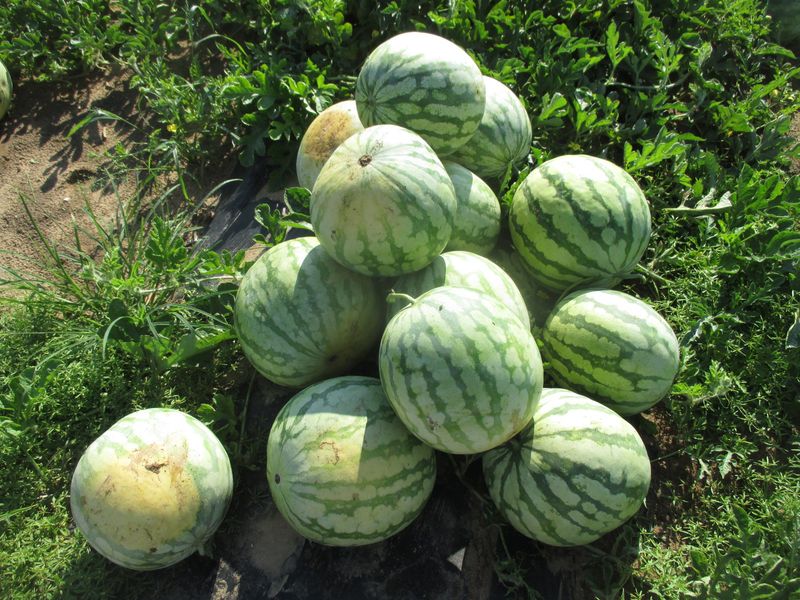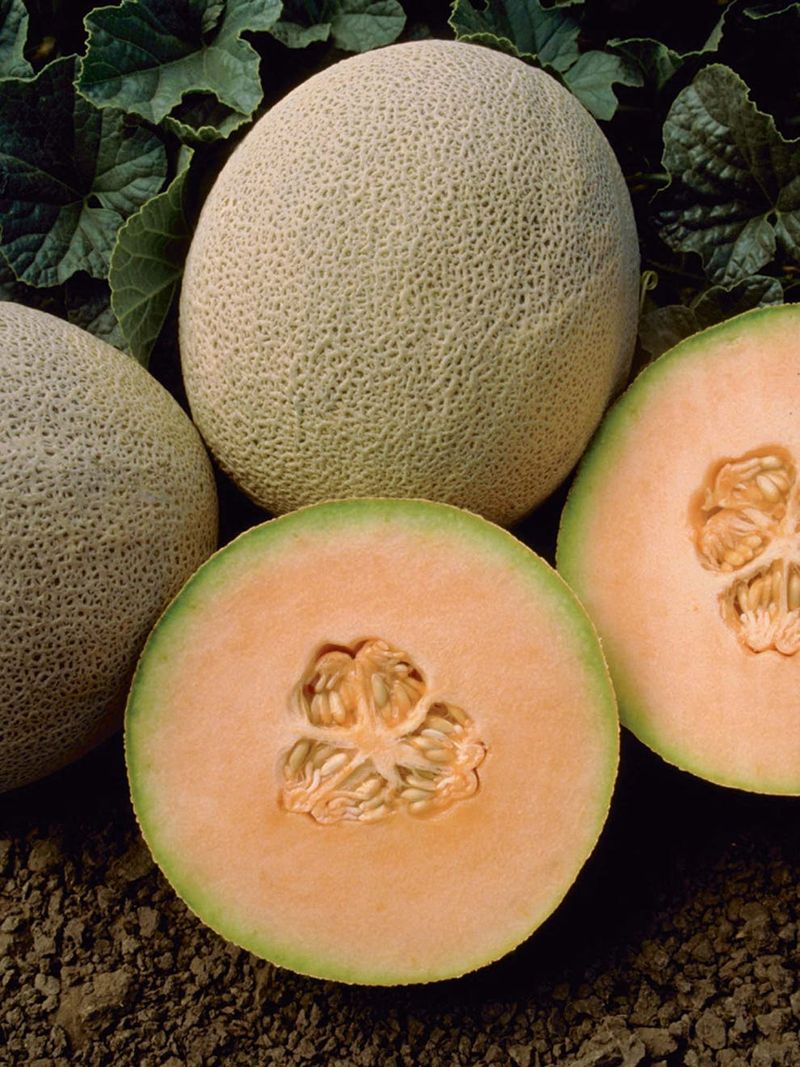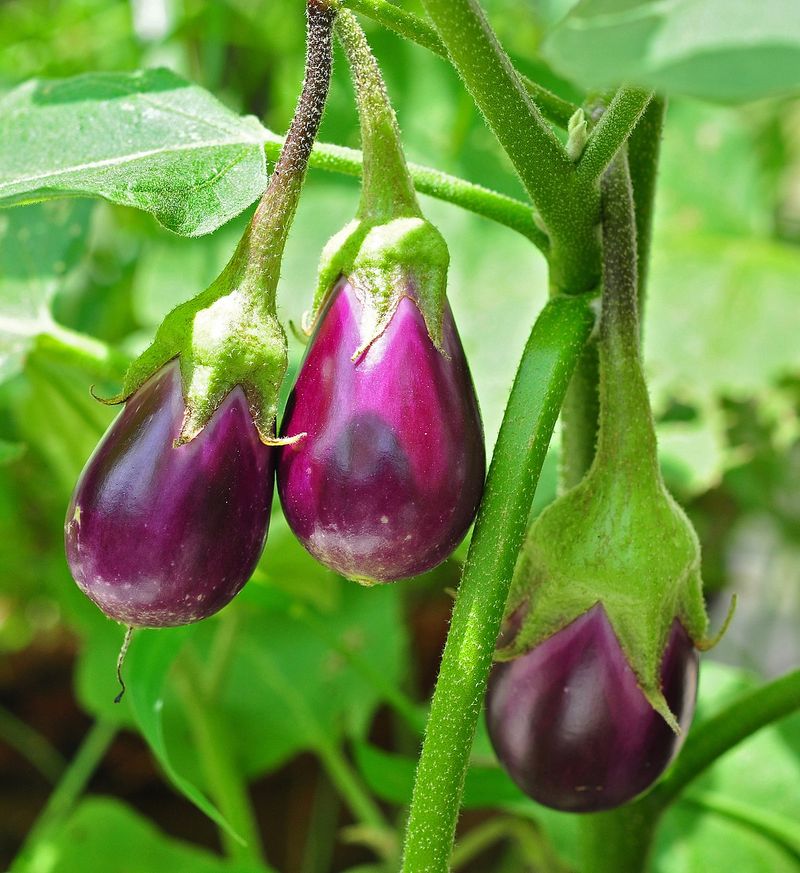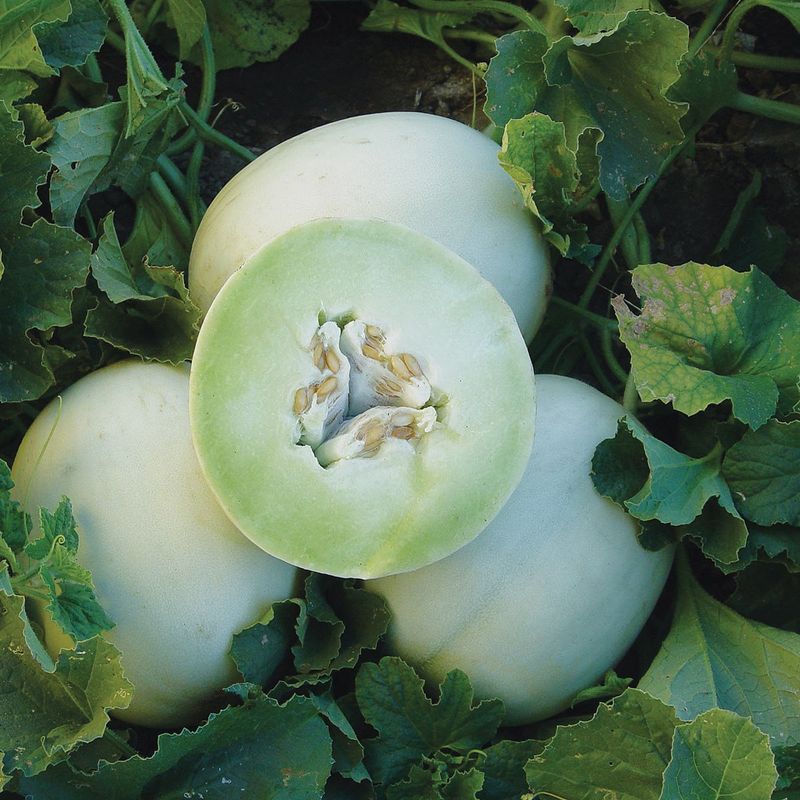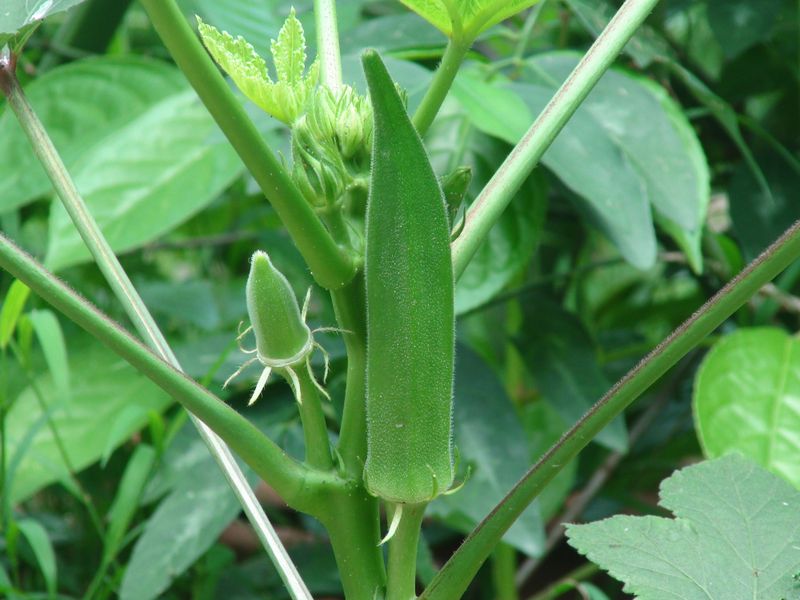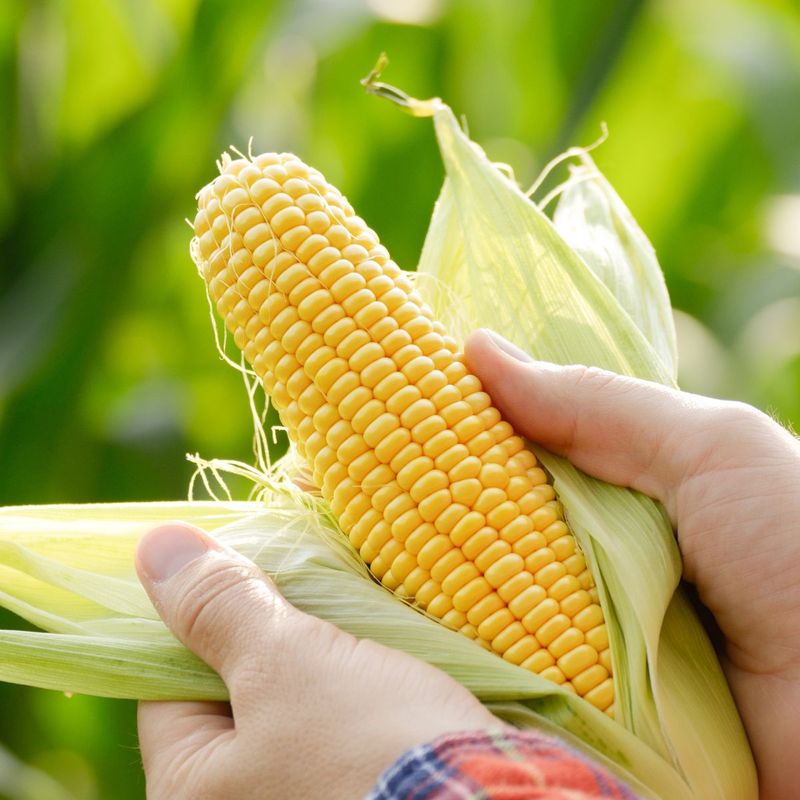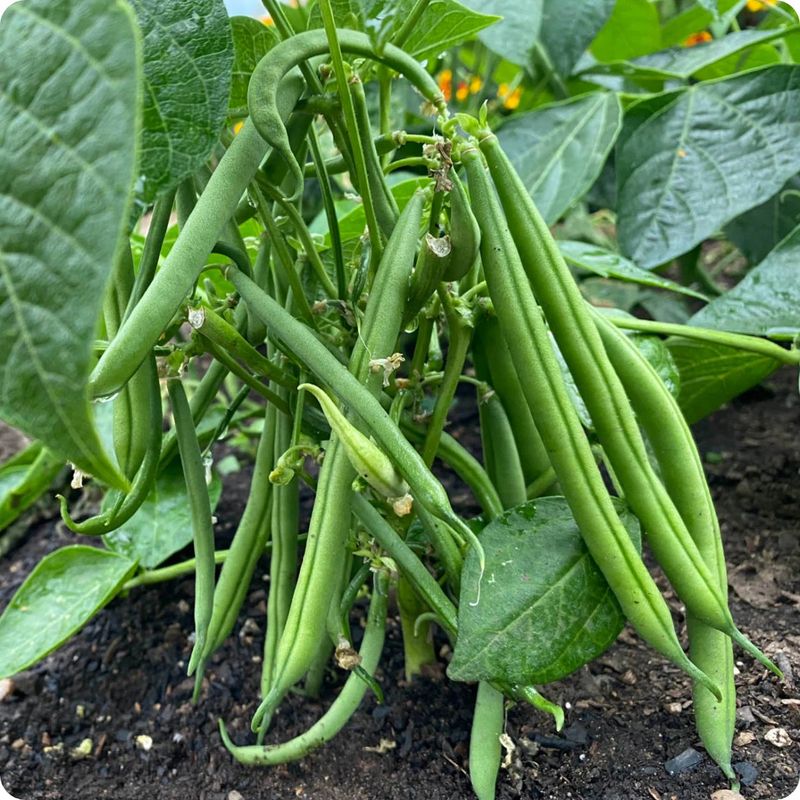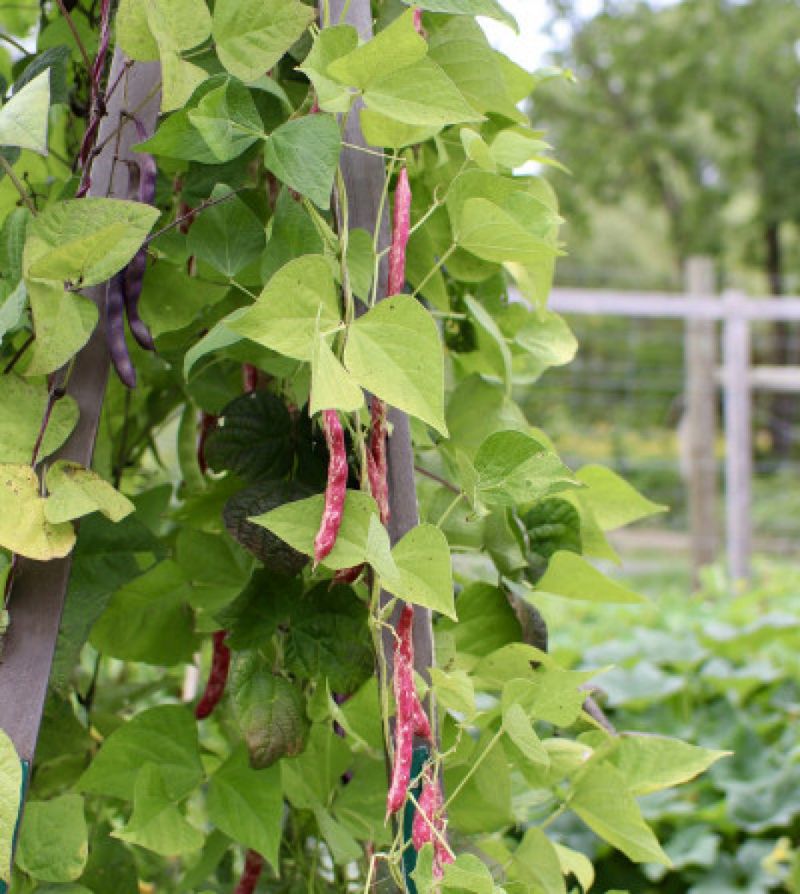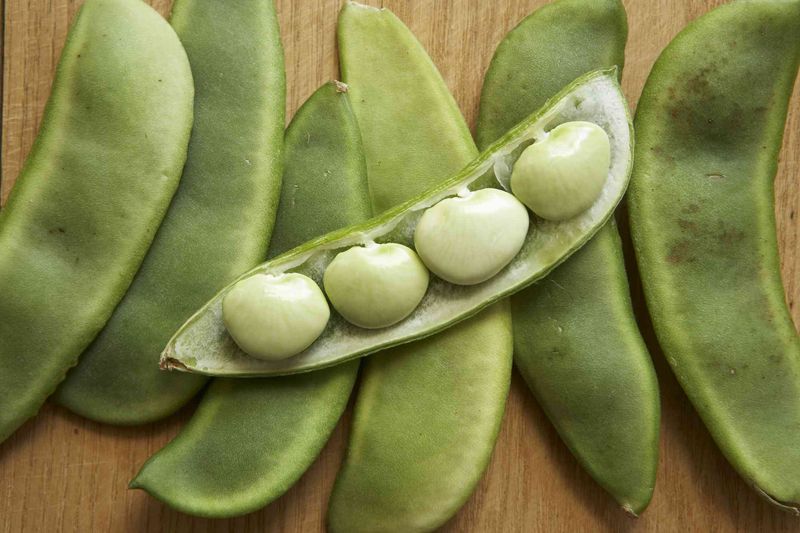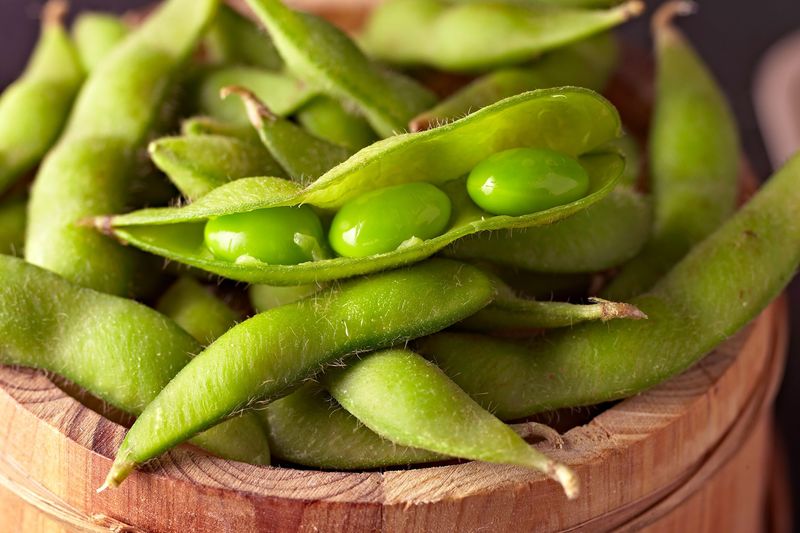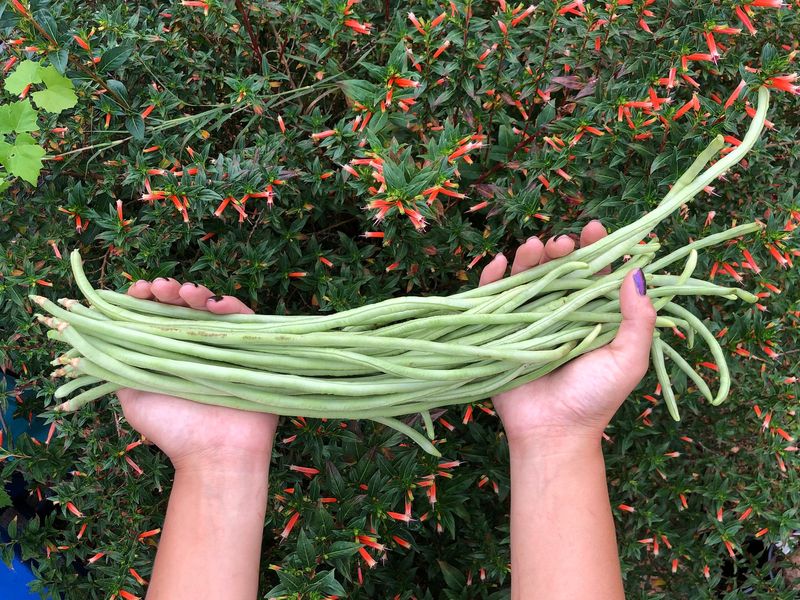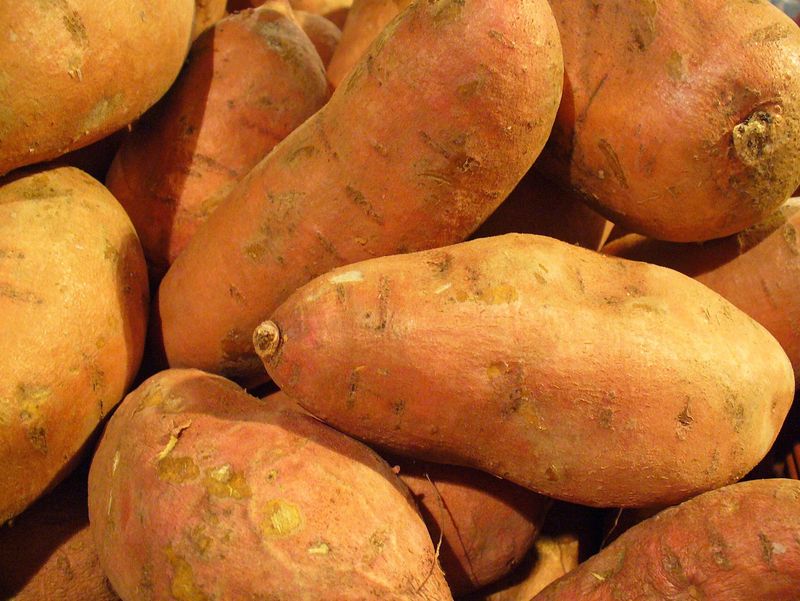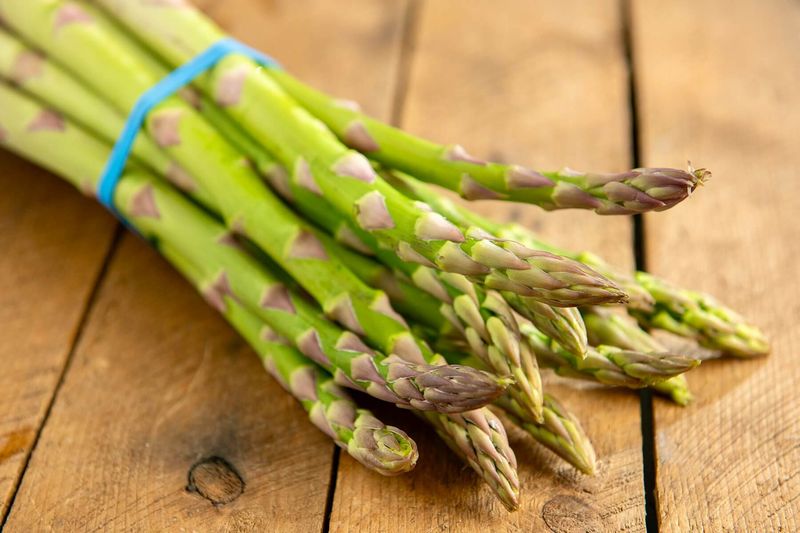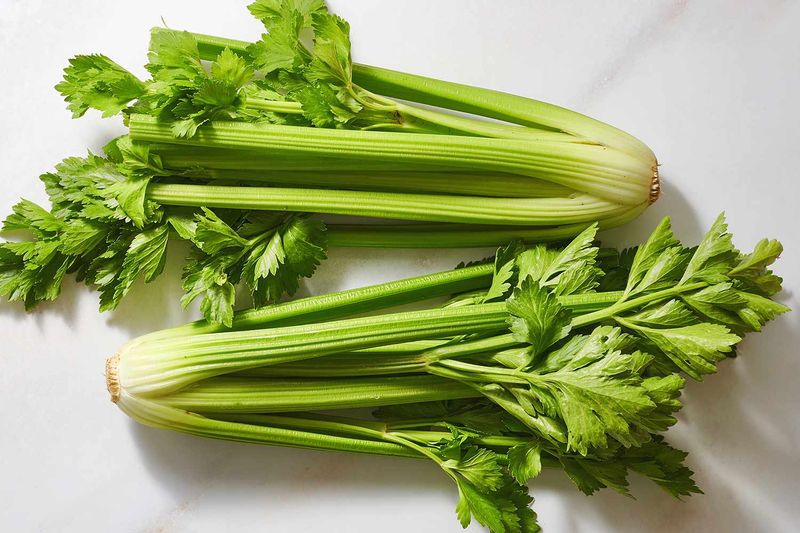Winter sowing is a popular method for starting seeds outdoors during the colder months. However, not all vegetables are suitable for this technique. Certain plants require warm soil conditions for successful germination and growth.
Here, we’ll explore 20 vegetables that should never be winter sown due to their specific growing needs. Understanding these requirements will help you plan your garden more effectively and ensure a bountiful harvest.
Let’s take a closer look at each of these vegetables and why they prefer warmer conditions for optimal growth.
1. Tomatoes
Tomatoes thrive only when soil temperatures are high enough for proper germination. These warm-season vegetables need at least 60°F soil to begin sprouting effectively.
In colder conditions, tomato seeds struggle, leading to poor growth and potential damping-off disease.
Starting tomatoes indoors and transplanting them after the danger of frost passes is a more reliable method. With an extended growing season, tomatoes can develop their rich flavors and juicy textures.
If you’re eager for a bountiful tomato harvest, consider using a heated propagator or starting seeds indoors. This ensures consistent warmth, vital for healthy seedlings.
2. Bell Peppers
Bell peppers need warm conditions and a long growing season to produce fruit. These colorful veggies prefer temperatures above 70°F for both germination and growth. Cold soil delays their development, resulting in stunted plants and minimal yield.
Starting bell peppers indoors before the last frost date is advisable. This gives them a head start in a controlled environment.
Once the weather warms, transplanting them outdoors allows for robust growth. Ensure they receive plenty of sunlight and warmth throughout the season to enjoy a vibrant pepper harvest.
3. Chili Peppers
Chili peppers won’t germinate well in cold soil. These spicy delights require warmth to develop their signature heat. With soil temperatures below 70°F, chili plants struggle to establish roots and foliage.
For successful growth, begin indoors in seed trays or pots, ensuring a warm environment. Once the danger of frost is over, transplant the seedlings outside.
Position them in a sunny spot to encourage fruiting. Consistent warmth and sunlight are key to achieving a fiery chili pepper crop that adds zest to any culinary creation.
4. Cucumbers
Cucumbers are a warm-season crop that struggles in cool, early-spring conditions. These refreshing vegetables need soil temperatures above 65°F to germinate properly. Cold weather can cause cucumber seeds to rot or fail to sprout.
To get a head start, plant cucumber seeds indoors a few weeks before the last frost. Once the soil has warmed, transplant them outside.
Cucumbers thrive in sunny locations with well-drained soil. By avoiding winter sowing, you ensure a steady supply of crisp cucumbers throughout the growing season, perfect for salads and pickles.
5. Zucchini (Summer Squash)
Zucchini demands warm weather to germinate and grow vigorously. These summer squashes need at least 70°F soil for optimal sprouting. Cooler conditions lead to slow growth and potential plant diseases.
Starting zucchinis indoors or using row covers can provide the warmth they need. Once outdoor temperatures rise, transplant them to the garden.
Ensure they’re placed in a sunny spot with ample space as zucchini plants can spread widely. With the right conditions, you’ll enjoy a plentiful zucchini harvest, perfect for grilling and baking.
6. Pumpkins (Winter Squash)
Pumpkins need a long, warm growing period to mature fully. These robust winter squashes require soil temperatures above 75°F for healthy seedling development. Cold, damp conditions can hinder their growth, resulting in underdeveloped fruit.
To ensure success, start pumpkin seeds indoors well before the last frost. This provides a controlled environment for early growth.
Once the danger of frost has passed, transplant them into a sunny, spacious garden area. Providing warmth and care throughout the season will yield large, vibrant pumpkins perfect for autumn festivities.
7. Watermelon
Watermelon is highly frost-sensitive and needs consistently warm soil to get started. These juicy fruits require at least 70°F soil temperature for successful germination. Cool conditions can cause seeds to rot, reducing overall yield.
Begin watermelon seeds indoors, ensuring a warm environment for sprouting. After the last frost, transplant seedlings to a sunny garden spot.
Ample space and warmth will allow watermelons to flourish, producing sweet, refreshing fruit perfect for summer enjoyment. Avoid winter sowing to ensure these delightful melons reach their full, juicy potential.
8. Cantaloupe
Cantaloupes require warm temperatures for successful germination and fruit set. These sweet melons need soil temperatures above 70°F to begin growing effectively. Cool weather can slow development and impact fruit sweetness.
Starting cantaloupe seeds indoors is recommended. This provides a stable environment for initial growth.
Once outdoor conditions are favorable, transplant the seedlings to a sunny garden location. With plenty of warmth and sunlight, cantaloupes will thrive, producing flavorful melons that are a summer favorite for snacking and desserts.
9. Eggplants
Eggplants require warm, steady heat; winter sowing usually results in poor germination. These glossy purple vegetables need soil temperatures of at least 70°F to thrive. Cold weather stunts their growth and can lead to blossom drop.
For best results, start eggplant seeds indoors about eight weeks before the last expected frost. This gives them time to develop strong roots and leaves in a stable environment.
Transplant them outdoors when the soil has sufficiently warmed. Providing consistent warmth and full sun will lead to healthy plants and a delicious eggplant harvest.
10. Honeydew Melon
Honeydew melons, like other melons, won’t perform well when sown too early. These refreshing fruits require soil temperatures above 70°F for proper germination. Cold, wet conditions can lead to poor growth and fruit development.
To ensure a successful harvest, start honeydew seeds indoors in a warm setting. Transplant them outside when the soil has warmed sufficiently.
Choose a sunny, well-drained area for planting to promote healthy growth. With consistent warmth, honeydew melons will mature into sweet, succulent fruits ready for summertime consumption.
11. Okra
Okra is a heat-loving vegetable that fails to germinate in cool conditions. These pod-producing plants require soil temperatures of at least 70°F to start growing. Cold soil can lead to poor germination and stunted growth.
For best results, begin okra seeds indoors or use black plastic mulch to warm the soil. Once temperatures rise, transplant the seedlings outdoors.
Place them in a sunny spot with well-drained soil to support vigorous growth. By providing the heat okra craves, you can enjoy a bountiful supply of tender pods perfect for gumbo and stir-fries.
12. Sweet Corn
Sweet corn needs warm soil for seed germination; winter sowing leads to uneven stands. These popular summer crops require temperatures above 60°F for effective sprouting. Cold, damp soil can result in poor emergence and weak plants.
To get a jump start on growth, sow sweet corn seeds directly into the garden when the soil warms.
Plant them in blocks rather than rows to ensure better pollination. With consistent warmth and sunlight, sweet corn will grow tall and produce sweet, juicy ears for summer barbecues and picnics.
13. Bush Beans
Bush beans, as warm-season legumes, demand a higher soil temperature for sprouting. These compact plants require at least 70°F soil for germination. Cold, wet conditions can lead to poor growth and potential seed rot.
To ensure healthy plants, sow bush bean seeds directly into the garden once the soil has warmed.
Choose a sunny location with well-drained soil to promote robust growth. With the right conditions, bush beans will produce tender pods perfect for fresh eating and preserving, adding flavor and nutrition to your meals.
14. Pole Beans
Pole beans require a warm, frost-free period to climb and produce well. These vining legumes need soil temperatures above 70°F for successful germination. Cold starts can lead to weak growth and poor yield.
Start pole beans directly in the garden after the last frost, ensuring warm conditions for sprouting.
Provide sturdy supports for the vines to climb and ample sunlight to encourage growth. With consistent warmth, pole beans will flourish, providing a continuous supply of beans for harvesting throughout the growing season.
15. Lima Beans
Lima beans are not suited to cold starts and need warm weather to develop properly. These nutritious legumes require soil temperatures above 70°F for effective germination. Cool conditions can hinder seedling growth and lead to poor yields.
For best results, sow lima beans directly into the garden once the soil has sufficiently warmed.
Choose a sunny spot with well-drained soil to support healthy development. By providing the warmth lima beans need, you can enjoy a bountiful harvest of creamy beans, perfect for soups and side dishes.
16. Edamame (Soybeans)
Edamame, or soybeans, prefer warm soil and a long season for pod production. These flavorful beans require soil temperatures above 70°F for successful germination.
Cold, damp soil can lead to poor growth and minimal harvest. To ensure a fruitful crop, sow edamame seeds directly into the garden once the soil has warmed.
Select a sunny, well-drained location to promote healthy growth. With the right conditions, edamame will produce abundant pods, perfect for steaming and enjoying as a nutritious snack or side dish.
17. Yardlong Beans
Yardlong beans need consistently warm conditions to achieve their full growth potential. These unique beans require soil temperatures above 70°F for proper germination and development. Cold weather can stunt their growth and reduce yield.
To support their growth, plant yardlong bean seeds directly in the garden after the last frost. Provide strong supports for the vines to climb.
Ensure they receive full sun and warmth to encourage prolific flowering and pod production. By meeting their needs, you can enjoy a generous harvest of these long, tender beans.
18. Sweet Potatoes
Sweet potatoes are typically propagated from slips and require heat for proper growth. These tubers need soil temperatures above 70°F to develop strong roots and vines. Cold starts can lead to poor establishment and minimal yield.
Begin by planting sweet potato slips in a warm garden bed after the last frost. Choose a sunny location with well-drained soil to encourage growth.
With consistent warmth, sweet potatoes will produce delicious, nutrient-rich tubers perfect for roasting and baking. Avoid winter sowing to ensure a healthy and productive harvest.
19. Asparagus
Asparagus is best started from crowns or well-established seedlings rather than direct winter sowing. These perennial vegetables require warm, steady conditions to thrive. Starting from seeds in cold soil can lead to slow growth and weak plants.
For optimal results, plant asparagus crowns in a sunny, well-drained location. Allow a few years for the plants to establish before harvesting.
With patience and care, asparagus will provide a reliable crop of tender spears each spring. Avoid winter sowing to ensure a strong, productive asparagus bed for years to come.
20. Celery
Celery has a long germination period and needs warm, steady conditions that winter sowing can’t provide. These crisp stalks require soil temperatures above 70°F for effective sprouting. Cool, unpredictable weather can lead to slow growth and spindly plants.
Start celery seeds indoors in a warm environment about 10 weeks before the last frost. Transplant them outdoors once the soil warms up.
Choose a sunny location with rich, moist soil to support vigorous growth. By providing the right conditions, you can enjoy crunchy, flavorful celery perfect for salads and stews.
